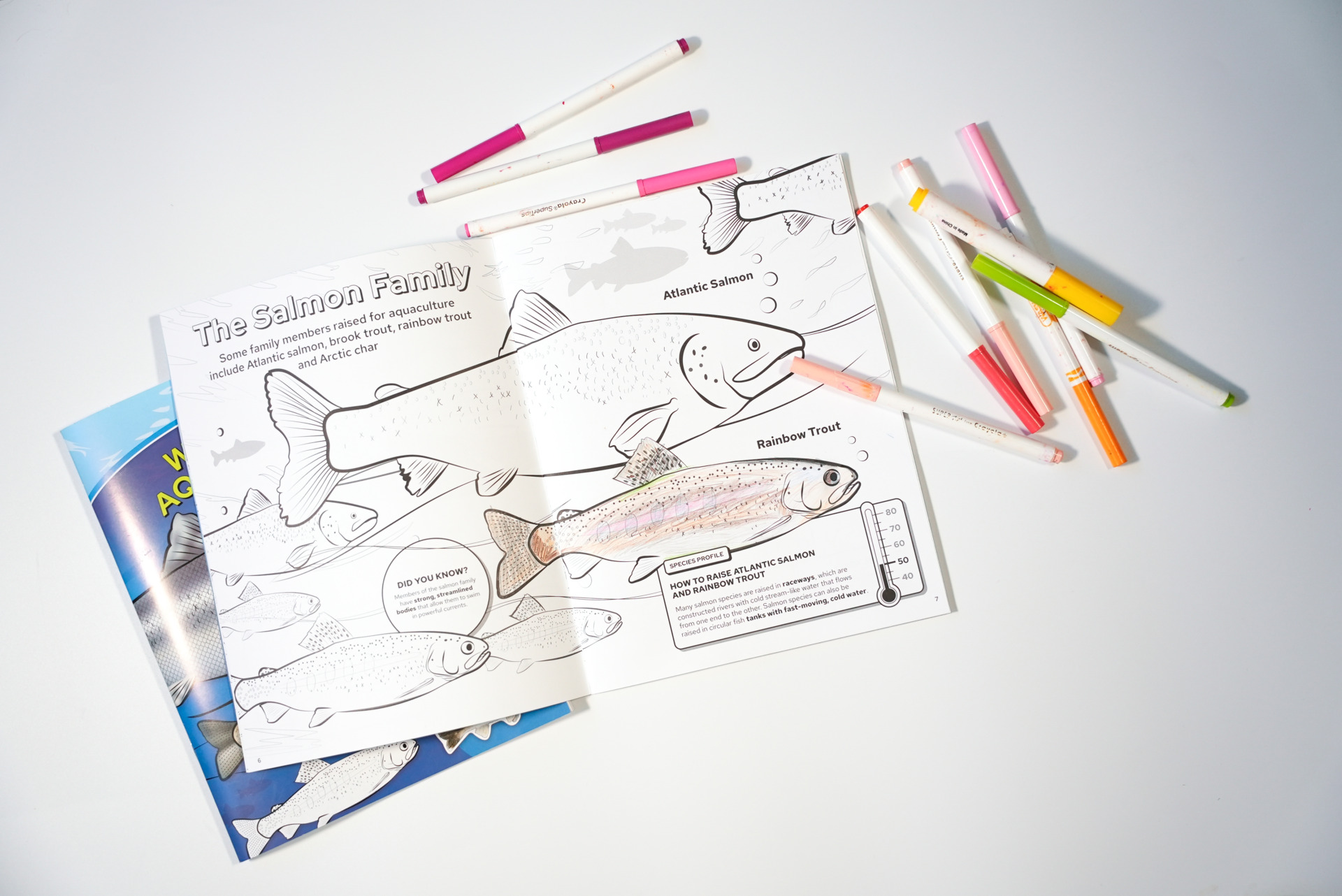By Tim Campbell
Lately, I have been doing a lot of traveling along the Lake Michigan coast to discuss ways that UW Sea Grant can help stakeholders address invasive species issues. Hopefully, these meetings will lead to completing some great prevention and control work. As I reflect upon these meetings and try to think of ways to follow up, I remember specific moments discussing the impacts of various invasive species.
One city official noted that his community’s urban fishing pond hosts an invasive crayfish population. The crayfish were an issue because, among other ecological reasons, they’re so aggressive that they pose a safety threat to children fishing at the pond. The city manager wanted to know more about the ecological impacts of the crayfish. When I told him they can reduce the amount of aquatic vegetation in a water body, it was like a light bulb went off in his head. “It sounds like I need to get these in my golf course ponds!” he said.
This exchange is a great example of one of the difficulties invasive species educators encounter – focusing on the positive impact of an invasive can make people forget the myriad reasons a species got the negative invasive label in the first place.
It isn’t hard to find examples of aquatic invasive species’ positive impacts. In Lake St. Clair, on the Michigan-Canada border, the round goby has become a staple of the smallmouth bass diet and has led to bigger bass. This has caused some fishermen to like the goby. Some sightseers enjoy the clear water that zebra mussels cause, while other property owners like that invasive crayfish clip the rooted vegetation near their docks. Anyone associated with the Great Lakes’ salmon fishery loves alewives because the non-native fish is the primary food source for the popular sport fish, salmon.
Of course, each positive impact these invasive species offer is offset by multiple negatives. Fishermen who enjoy eating their catch aren’t so enamored with the round goby because the goby’s ability to eat zebra and quagga mussels allows polychlorinated biphenyls (PCBs) and other toxins to travel up the food chain and accumulate in sport fish we like to eat, in a process known as bioaccumulation. To one person, the goby is contributing to trophy-sized smallmouth bass; to another, it is keeping dinner off the table.
Other fishermen don’t like how zebra and quagga mussels are ravaging the bottom of the food web, or how rusty crayfish are eating fish eggs and reducing the plant cover available for fish. Similarly, beachgoers curl their noses at the smell of decomposing alewives and curse their injured feet when they step on sharp zebra mussel shells. These are just a few of the overwhelming negative impacts invasives present.
The Great Lakes salmon fishery created an industry worth a few billion dollars each year thanks to the presence of alewives. The success of this fishery has made fishermen in other areas interested in stocking alewives as a new forage base for the fish in their lake. While the economic benefit of this Great Lakes fishery is undeniable, it is all based on the careful management of nonnative species. Without this management, there would still be massive alewife die-offs (rendering beaches unusable), or perhaps worse, there would be no alewives at all, and thus no salmon.
For a current example, look to the silver and bighead carp. Despite the carps’ negative ecological consequences, both species are great sources of high-quality protein that could be used to fight hunger. While meritorious, the last thing the Great Lakes needs is for a philanthropist to undermine the millions of dollars spent on protecting and restoring the Great Lakes by promoting Asian carp as a means to alleviate world hunger. Asian carp in the Great Lakes could send the ecosystem spiraling into collapse, leaving no fish – carp or otherwise – to feed anyone.
Once an invasive species becomes established, we are almost always stuck with that species and all the consequences of its invasion. We all need to minimize harm by taking measures to prevent the spread of invasive species. Even if you think the impacts of invasives are desirable, just remember the fingers of those kids pinched by invasive crayfish. Is a weed-free pond worth a crying fisherman?





